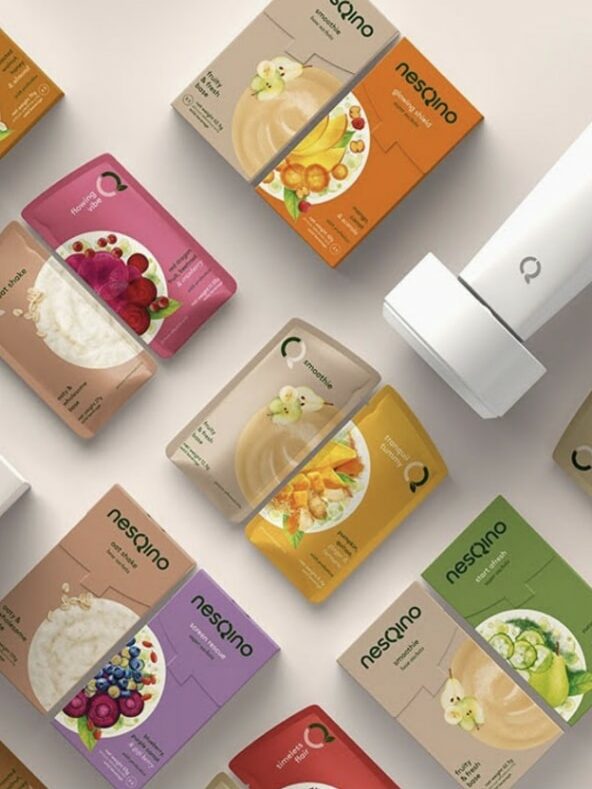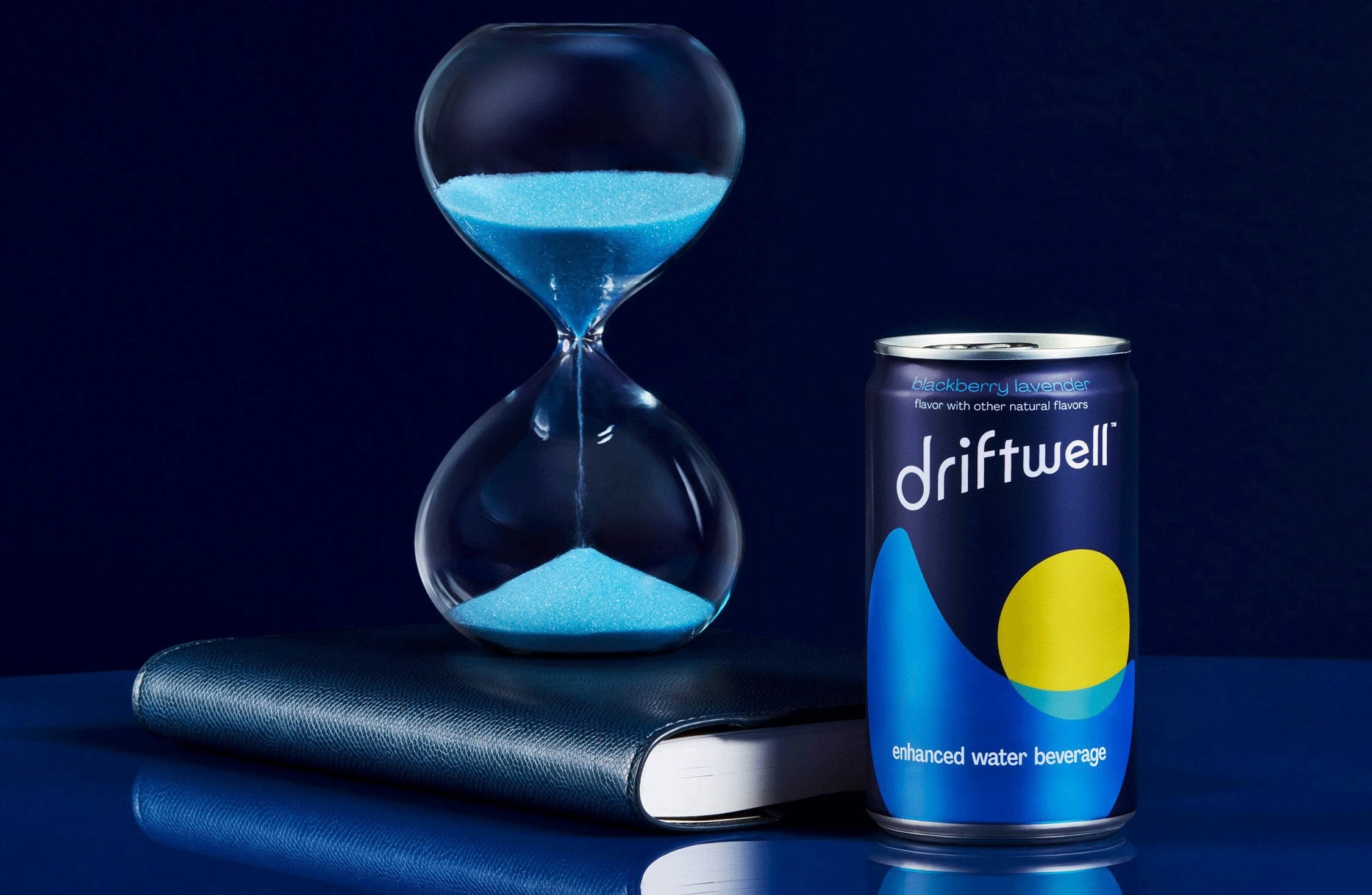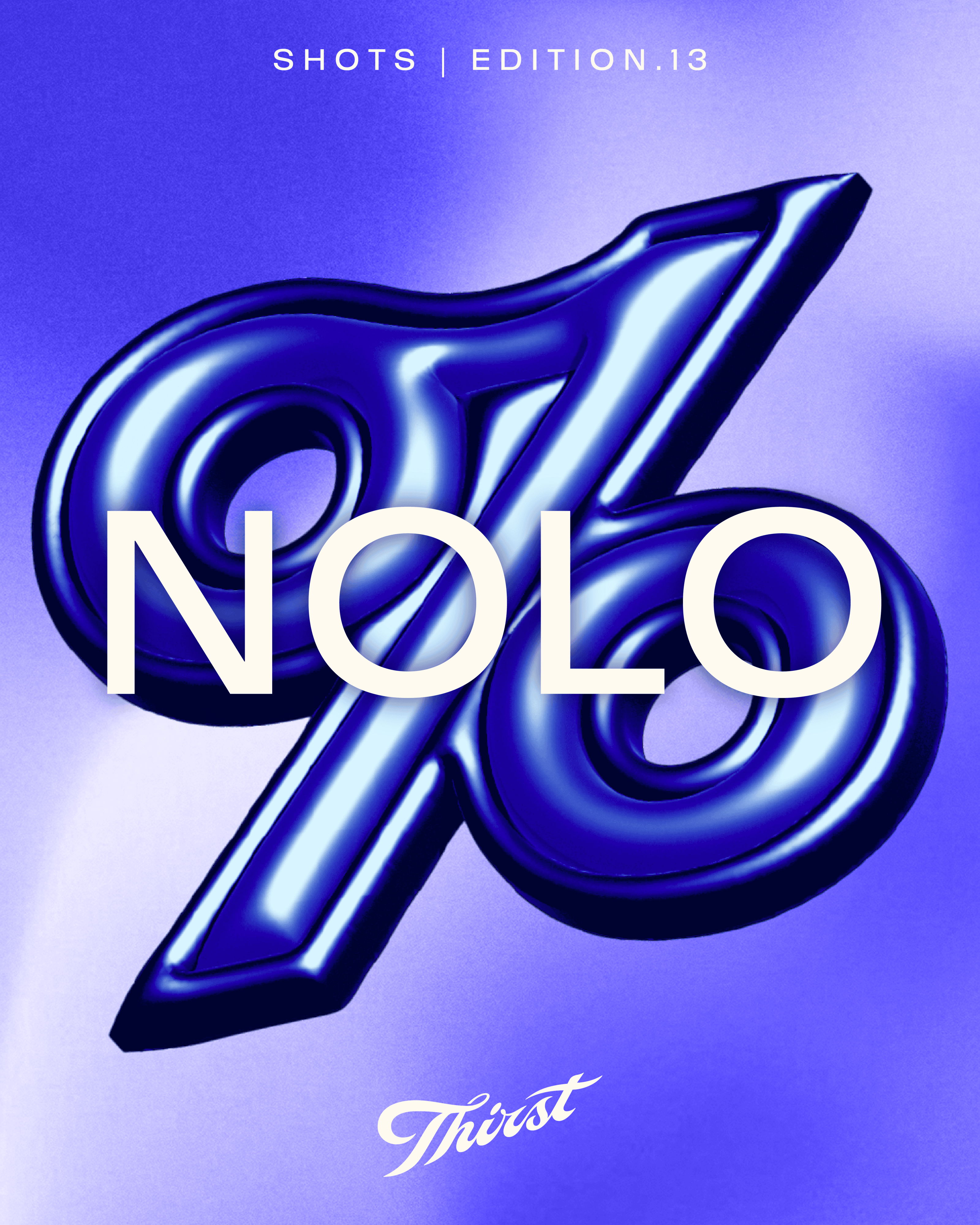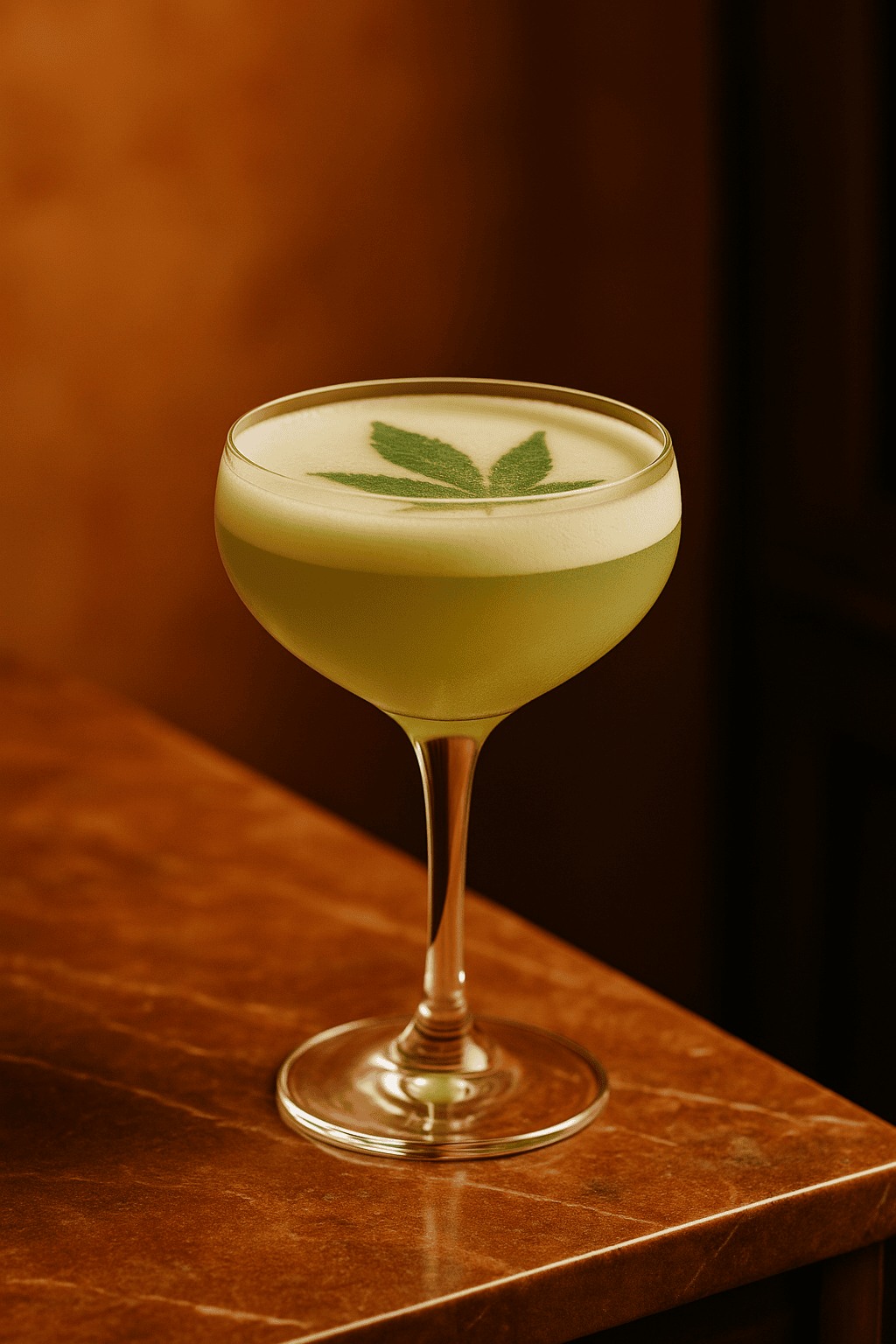Beyond function, to feeling
The future is function
Soaring anxiety, always-on living, sleepless nights, an unprecedented, unpredictable backdrop, an abundance of burnout…and that was before the global pandemic hit. The nurture economy and need for self-care which was evident pre-COVID has only been turbocharged by the last year. And as consumers emerge from their lockdown lethargy pledging to prioritise both mental and physical health, (72% of UK shoppers planning to make permanent dietary changes post-pandemic, Food Navigator, 2020) their diet is promising something that’s been very absent from their lives in recent times: control.
Food is finally being seen as one of the most powerful wellbeing tools outside of medicine, with functional food sales soaring (topping $267 billion globally, Euromonitor 2020). From cognition to digestion, prevention to reparation, beauty to immunity, consumers are demanding more than just flavour from their food, with both established and new brands looking to function as an essential part of their future.
Relieving pressure points
Much of this new focus on function is down to how the definition of ‘health’ has shifted over the past decade. Thanks to generations being left jaded by faddy diets, consumers are abandoning the Bridget Jones’ style days where health was measured by calories and weight alone.
Instead a more holistic approach to health is being adopted, with the link between physical and emotional wellbeing never stronger, (82% now say that mental/emotional balance is as important as physical health IFT, 2020) and people being more conscious than ever about what they put into their body. This new breed of super savvy consumer uses food as a convenient and crucial tool in tackling life’s pressure points and sees ingredients as the stars of the show.
In the United States, memory, sleeplessness, stress and anxiety all feature in the top five health concerns (Hartman 2019), which has led to the proliferation of products using functional mushrooms (Four Sigmatic), L-theanine (Driftwell) and CBD (Recess). While Asia and Europe’s focus on digestion has seen a boom in prebiotics, probiotics, postbiotics and fermented foods with innovations such as Nestle’s NesQino health-drink system launching in China.

Specificity breeds innovation…and scale
Existing brands are using these innovative ingredients to tap into new consumer need states and find fresh relevance, like Starbucks’ fortified range which delivers a daily dose of Essential Vitamins or anti-oxidising turmeric with your morning coffee.
While new brands are choosing a different tack and making their name across categories by taking the Yakult approach of delivering one benefit in multiple different ways. Acid League in Australia goes after gut healthy gastronomy, taking their brand’s digestive benefits across different dimensions of foodie culture, from non-alcoholic wine to vinaigrettes, sauces, condiments and beyond. Whereas OTO has taken their anti-anxiety CBD offering into everything from seltzers and sleep drops to non-alcoholic bitters.

Becoming routine
As important as ingredients are, though, they’re not the silver bullet to success. Familiarity, acceptance and convenience are all key to the mainstreaming of functional food, which means tapping into existing consumer habits is crucial. This ‘stealth health’ approach has seen the likes of Tropicana delivering uplifting benefits in your morning juice with their Tropicana Plus range, Mighty Gum giving your immune system a boost while freshening your breath and Japanese confectionery company, Ezaki Glico, delivering sleep benefits with its GABA-infused chocolate for a more restful after dinner treat.

Beyond function to feeling
Becoming part of a lifestyle, not just a product, is essential to making your mark in the long term. With much of the visual language around function communicating effectiveness through contemporary pharmaceutical cues, it’s important brands don’t lose the personal connection and become seen as transactional or cold.
Huel masters this by tapping into the crossfit culture and Gymshark generation, positioning themselves as a partner to achieving your fitness goals and inspiring a tribe of avid self-optimisers while they’re at it. While Dirty Lemon, whose ‘better beverages’ offer retinol and collagen for beauty, matcha for mental alertness and purifying charcoal for improved digestion to name a few, have fused food and fashion to become an accessory for a better life. With Vogue collaborations, ambassadors like Cardi B, conversational texts to confirm orders and activations like their pop up drug store, they ensure they’re always seen as fun and fashionable first, functional second.

A bonus, not the be all and end all
With the renewed focus on health the pandemic has brought, function is undoubtedly at the heart of food innovation, but it’s not the be all and end all. To win, we still need to build brands that appeal to lifestyle and deliver on experience first, with their function positioned as the anti-oxidising cherry on top.











